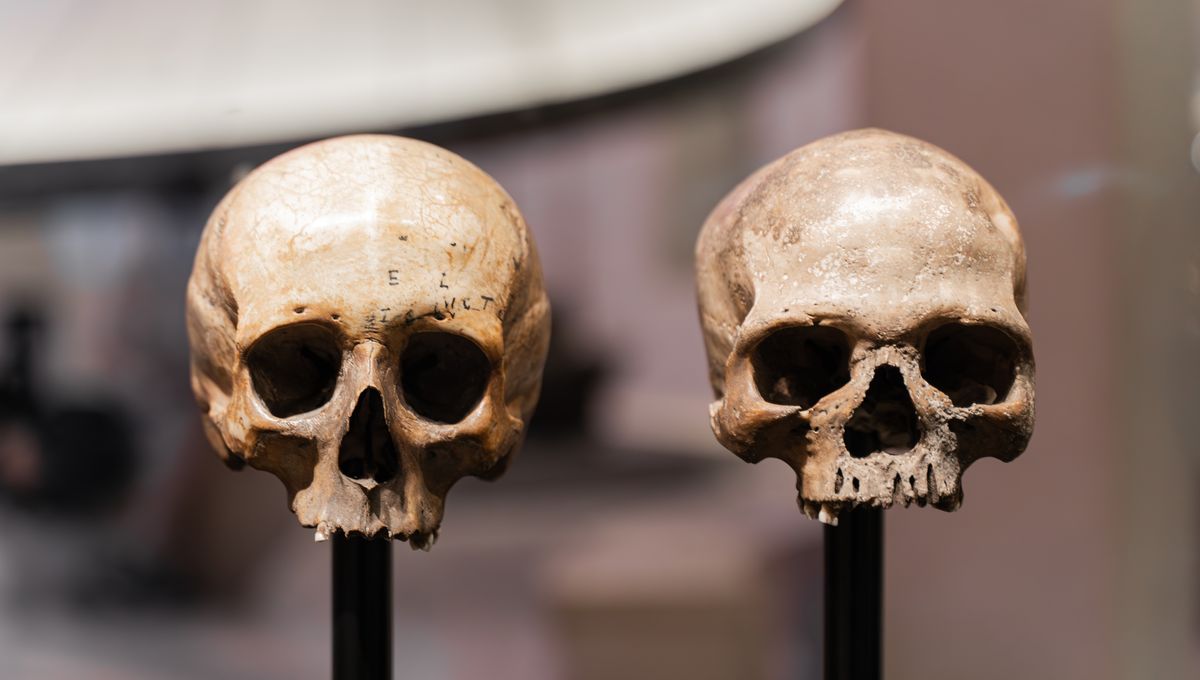
Homo sapiens (that’s us) did not descend from a neat, single lineage. Instead, modern humans can link their heritage back to at least two ancestral populations that drifted apart over a million years ago before reconnecting just 300,000 years ago, according to a new study by computational biologists.
ADVERTISEMENT
The team developed an algorithm that sifted through a huge amount of genetic data from the 1000 Genomes Project, a global initiative that sequenced DNA from modern populations across Africa, Asia, Europe, and the Americas. By examining the intricate patterns within the vast genome data, they were able to model how ancient human populations separated and later reunited.
The findings trace back to a time before Homo sapiens had evolved. The predominant theory in human evolution has been that H. sapiens were first present in Africa 200,000-300,000 years ago, descending from a single lineage. However, the algorithm suggests that modern human DNA can be linked to at least two ancient populations, which appear to have split around 1.5 million years ago and remained isolated for over 1 million years. Then, around 300,000 years ago – around the dawn of our species’ emergence – the two populations mysteriously reconnected and started interbreeding again.
One group contributes 80 percent of the genetic makeup of modern humans, while the other contributes 20 percent.
“Immediately after the two ancestral populations split, we see a severe bottleneck in one of them – suggesting it shrank to a very small size before slowly growing over a period of one million years. This population would later contribute about 80 percent of the genetic material of modern humans, and also seems to have been the ancestral population from which Neanderthals and Denisovans diverged,” Professor Aylwyn Scally, study co-author from the University of Cambridge’s Department of Genetics, said in a statement.
“However, some of the genes from the population which contributed a minority of our genetic material, particularly those related to brain function and neural processing, may have played a crucial role in human evolution,” added Dr Trevor Cousins, first author also from Cambridge’s Department of Genetics.
ADVERTISEMENT
The question remains, who were these two ancient populations? Fossilized remains show that species like Homo erectus and Homo heidelbergensis lived during this crucial time, positioning them as the potential ancestors of modern populations. However, further research and additional evidence are needed before any bold links are made between these fossils and the corresponding ancestral groups.
In reality, the story is likely to be even murkier than this. Just like all other living species, humans did not evolve in a linear and progressive transition from hunched-over ape to club-wielding caveman to upright human.
Our evolutionary history is deeply complex, filled with episodes of interbreeding, divergent paths, and missing characters. Instead of picturing a neat “family tree,” imagine it as a messy bush with countless interwoven branches, each representing different hominins coexisting, intermingling, and influencing one another.
“What’s becoming clear is that the idea of species evolving in clean, distinct lineages is too simplistic,” explained Cousins. “Interbreeding and genetic exchange have likely played a major role in the emergence of new species repeatedly across the animal kingdom.”
ADVERTISEMENT
The new study is published in the journal Nature Genetics.
Source Link: Humans Descended From At Least Two Ancestral Populations That Split Then Reconnected